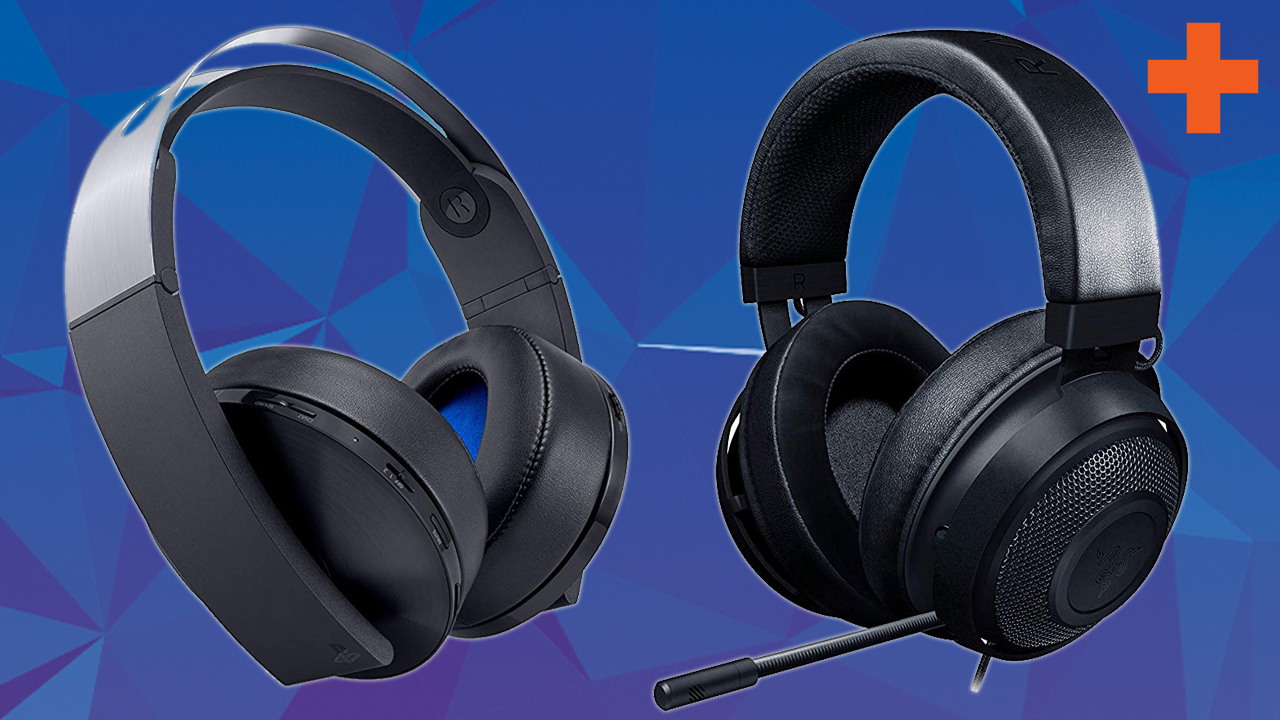

I could hear everything he said despite the background racket. Doing the same test with RippleBuds was a completely different experience. Naturally, the mic picked up everything in the room, and I could barely hear a word he said. He sat in a room by himself and called me using a basic headset while a speaker blasted loud ambient noise.
#In ear headset with mic Bluetooth#
I didn't get to try RippleBuds directly, but the company's CMO, Severus Kim, gave me a quick demo that did a good job of illustrating how they compare to a standard Bluetooth headset. The design of the RippleBud blocks exterior noise so that all the mic picks up is your voice. Instead, RippleBuds picks up sound waves that come out of your ear as you speak using a tiny microphone embedded in the earpiece itself.

The trick here is that there isn't an external microphone that can pick up all kinds of extraneous noise in addition to your voice. Visually, RippleBuds (which can be purchased either as a single mono earpiece or a stereo pair) look like any other wireless Bluetooth earbuds out there. That's why I was surprised to be impressed with the oddly named RippleBuds: They're a lot better at reducing background noise than your average Bluetooth headset.

For years, you've been able to buy a small and decent-enough earpiece for taking calls hands-free, and most people are probably happy enough to use their EarPods for that purpose. It's been a while since I've cared about advances in Bluetooth headsets, and I would guess that I'm not alone.


 0 kommentar(er)
0 kommentar(er)
